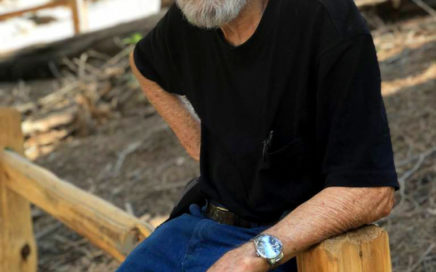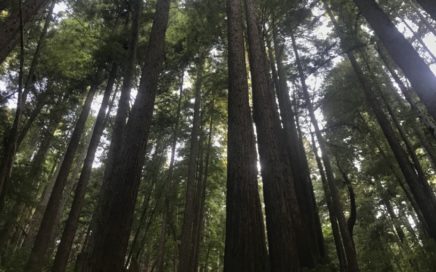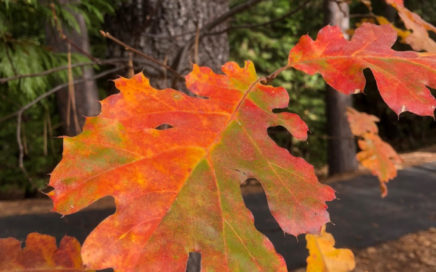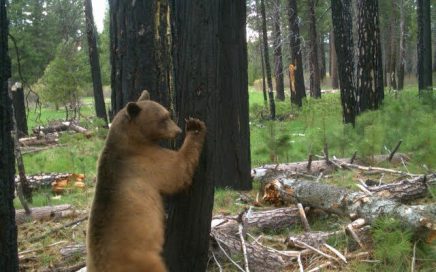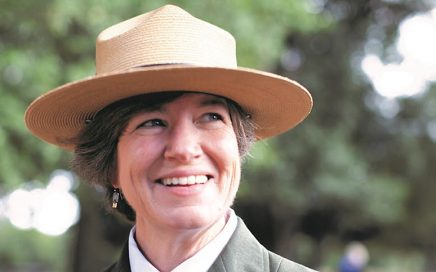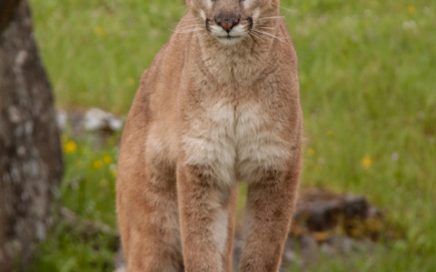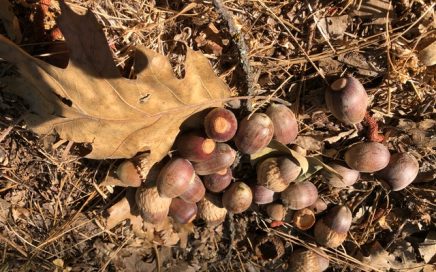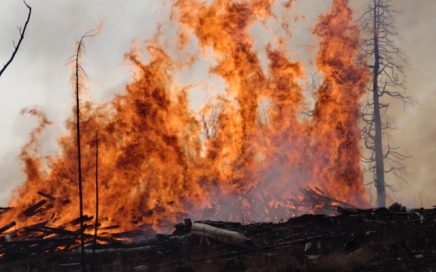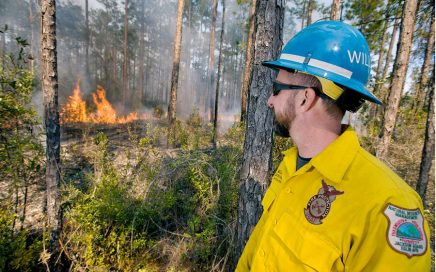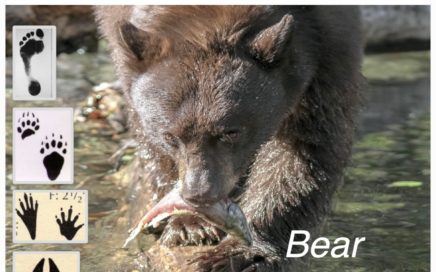
Raising Awareness in Youth
For 30 years, CSERC staff has presented slide shows to schools and community groups across Central California – reaching over 155,000 participants. Those in-person programs (mostly for schools in the foothills and Central Valley) are now on hold due to the pandemic; but CSERC’s outreach to youth has soared over the past year […]


